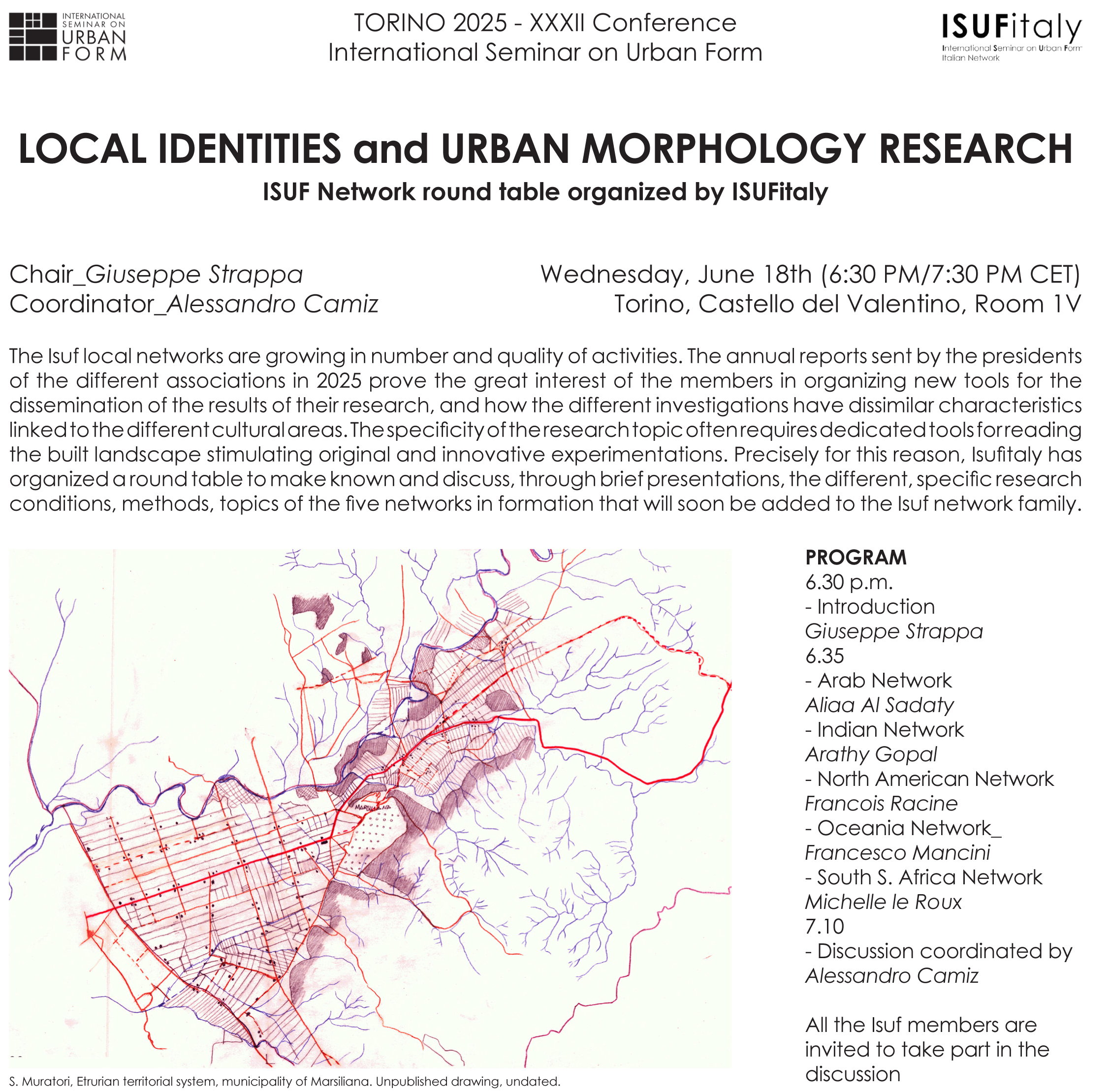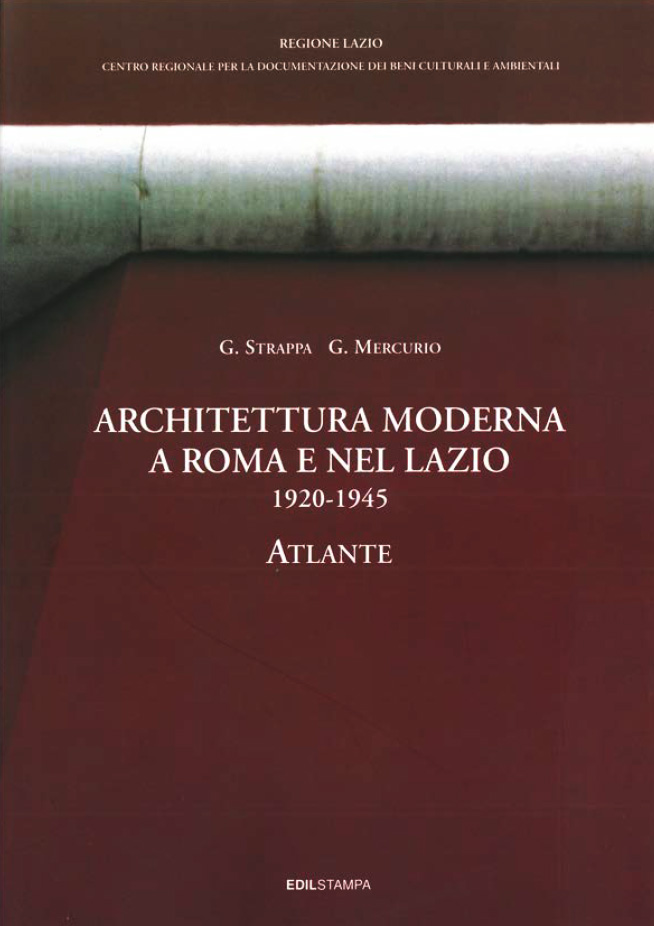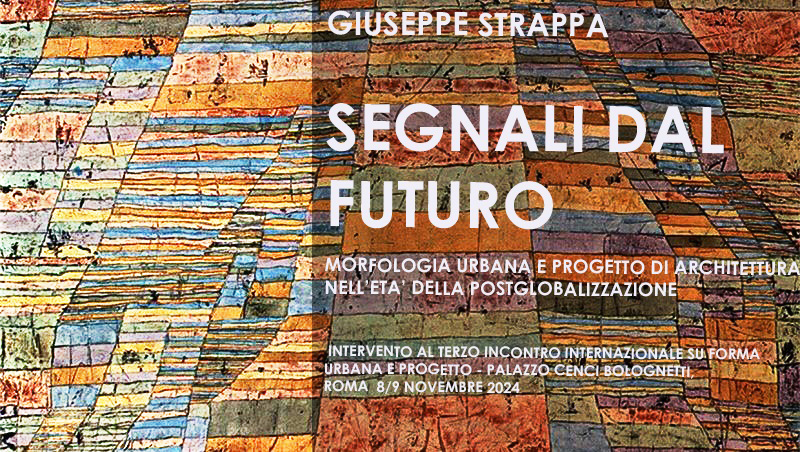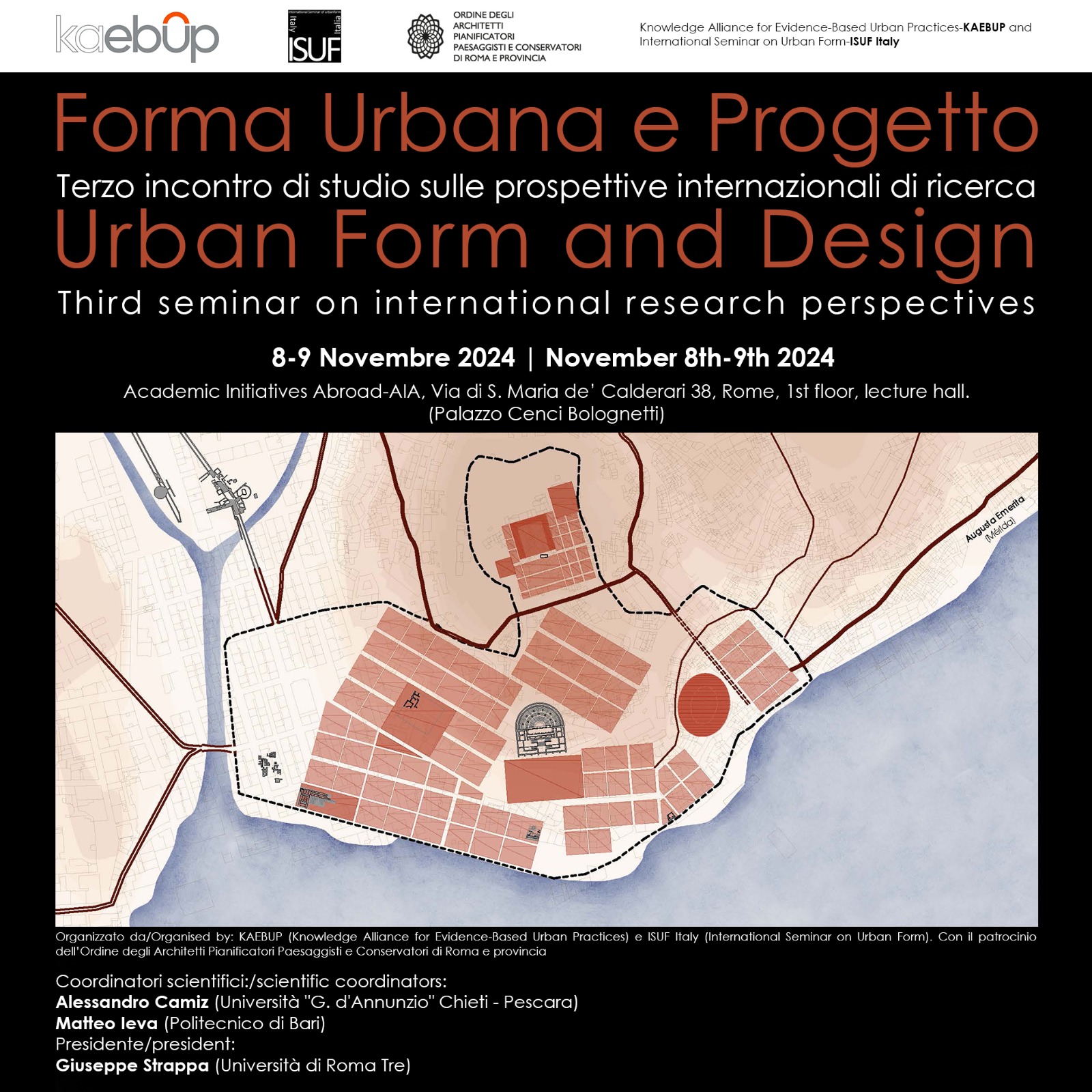ISUF Network round table organized by ISUFitaly
Torino, Castello del Valentino, Room 1V
Wednesday, June 18th (6:30 PM/7:30 PM CET)
Chair_Giuseppe Strappa, Coordinator_Alessandro Camiz
The Isuf local networks are growing in number and quality of activities. The annual reports sent by the presidents of the different associations in 2025 prove the great interest of the members in organizing new tools for the dissemination of the results of their research, and how the different investigations have dissimilar characteristics linked to the different cultural areas. The specificity of the research topic often requires dedicated tools for reading the built landscape stimulating original and innovative experimentations. Precisely for this reason, Isufitaly has organized a round table to make known and discuss, through brief presentations, the different, specific research conditions, methods, topics of the five networks in formation that will soon be added to the Isuf network family.
– Arab Network Aliaa Al Sadaty
– Indian Network Arathy Gopal
– North American Network Francois Racine
– Oceania Network_ Francesco Mancini
– South S. Africa Network Michelle le Roux



